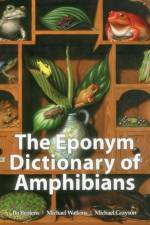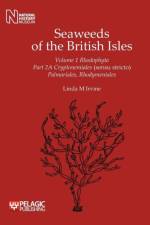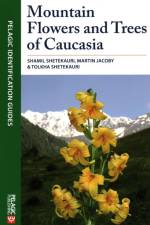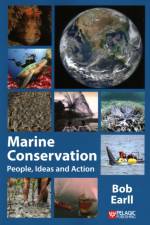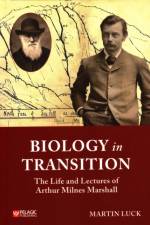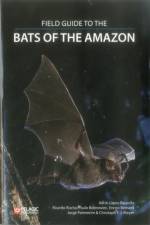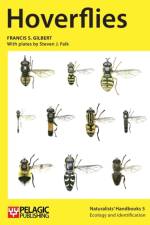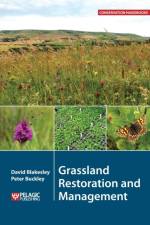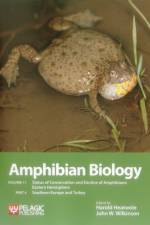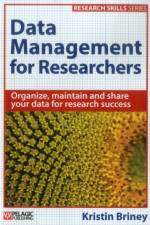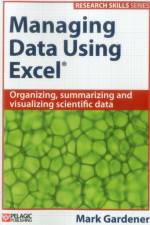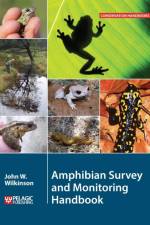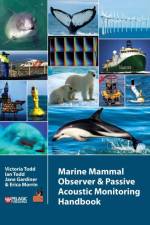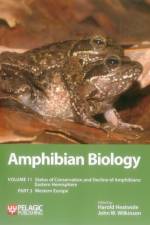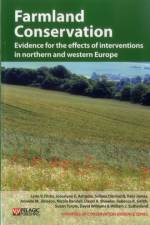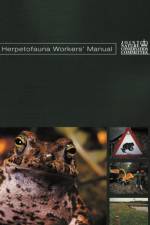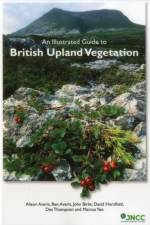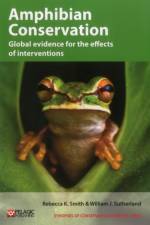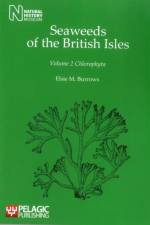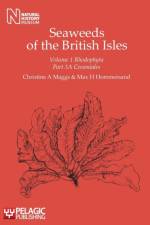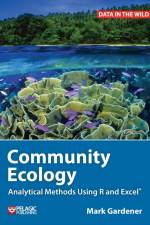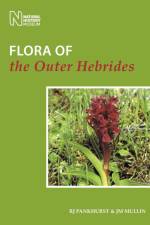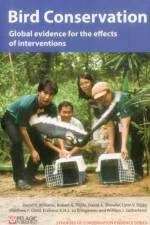av Victoria Todd, Ian Todd, Jane Gardiner & m.fl.
797 - 1 257
Marine Mammal Observer and Passive Acoustic Monitoring Handbook is the ultimate instruction manual for mitigation measures to minimise man-made acoustical and physical disturbances to marine mammals from industrial and defence activities.Based on more than two decades of offshore experience, and a decade of supplying MMO and PAM services (commercial and scientific), the Handbook is a long-overdue reference guide that seeks to improve standards worldwide for marine operations such as seismic and drilling exploration, wind farm and civil engineering piling, dredging, trenching, rock-dumping, hydrographical surveys, and military/defence exercises. By popular request, this manual will also form an accompaniment to MMO and PAM courses.The Handbook consolidates all aspects of this discipline into one easily accessible resource, to educate all stakeholders (e.g. MMOs, PAM operators, suppliers, recruitment agencies, clients, contractors, regulators, NGOs, consultants, scientists, academia and media), regardless of experience.Topics include worldwide legislation, compliance, anthropogenic noise sources and potential effects, training, offshore life, visual and acoustic monitoring (theory and practice), marine mammal distribution, hearing and vocalisations, and report writing.Advice is provided on implementing sensible and practical mitigation techniques, appropriate technologies, data collection, client and regulator liaison, and project kick-off meetings."e;The Handbook is an indispensable How To guide to the growing and increasingly important occupation of marine mammal monitoring, written with clarity and humor by scientists who have extensive experience in this field."e; -Dr Phillip J. Clapham, world-renowned cetologist and Director of the Cetacean Assessment and Ecology Program at the National Marine Mammal Laboratory in Seattle.

